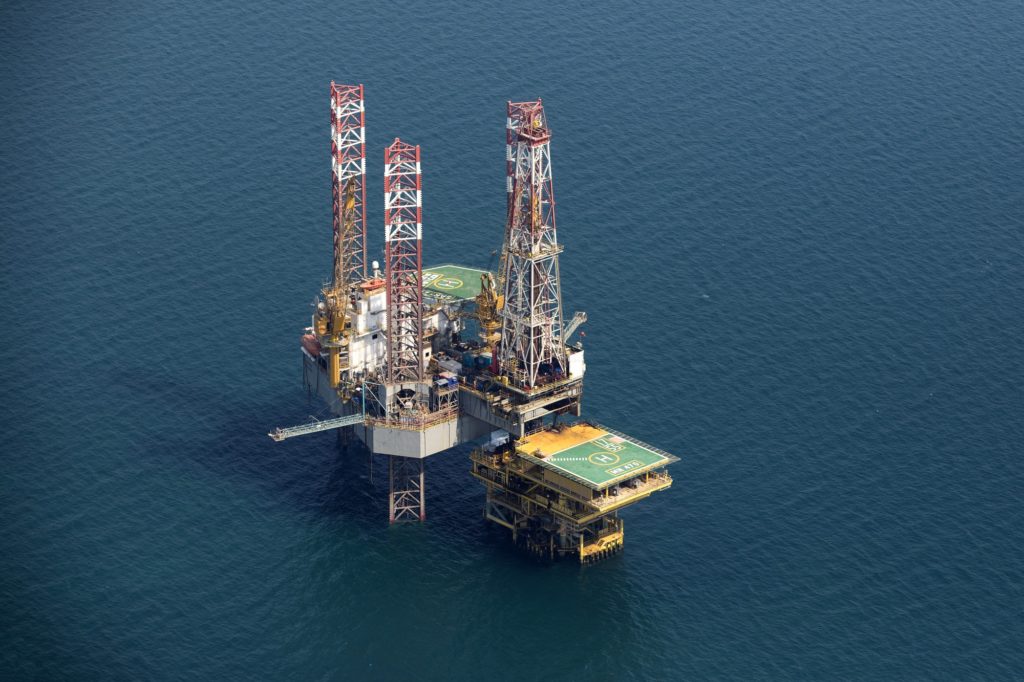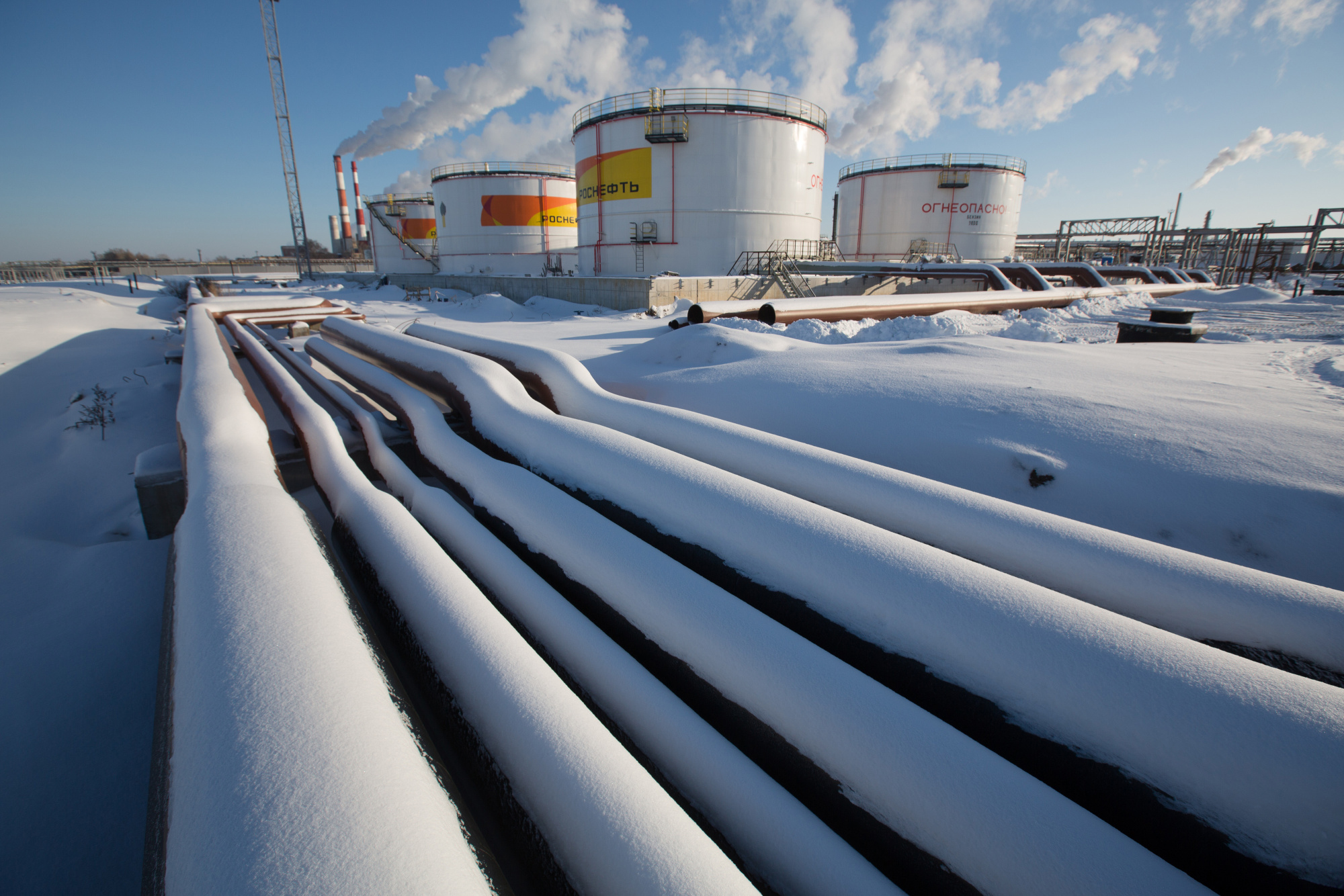
Saudi Arabia issued big price increases for its crude to Europe and the Mediterranean, while also unexpectedly lifting the cost of barrels to Asia, a move that risks stifling demand for the kingdom’s barrels.
State-owned Saudi Aramco raised the prices of all grades to the US, northwest Europe and the Mediterranean, compared with July, according to a price list seen by Bloomberg. It also boosted its Arab Light prices to the key demand region of Asia, contrary to expectations in a Bloomberg survey.
Official selling prices to Europe were all lifted by 80 cents a barrel, vastly outpacing increases to the US and Asia. Meanwhile, Arab Medium crude in the Mediterranean was set at a record premium of $3.20 a barrel, while Arab Light was the highest since September at $3.50 above its benchmark.
Despite receiving the smallest price hike for Arab Light barrels, shipments to the US were set at the biggest OSP since at least 1999. The company lifted its flagship Arab Light crude for Asia by just 20 cents, to a premium of $3.20 a barrel.
Almost all of the traders and refiners surveyed by Bloomberg prior to the kingdom’s announcement earlier this week that it would extend into August its previously implemented 1-million-barrel-a-day supply cut had predicted no price change over the previous month. Aramco had already hiked prices for all of its grades to Asia for July.
Aramco’s July increases led at least two large European refiners to crimp their Saudi orders. Raising prices by 80 cents across all grades to northwest Europe and by $1.00-1.10 for Mediterranean destinations risks further suppressing demand for Saudi crude.
The kingdom’s effort to prop up oil prices is being assisted by OPEC+ ally Russia, which pledged a 500,000 barrels a day reduction in exports for August, though the announcements have so far had a muted impact on benchmark futures. Asian buyers may look elsewhere for alternative supplies if the curbs deprive them of barrels, or if Middle Eastern cargoes are deemed expensive.
Aramco sells about 60% of its crude to Asia, with its biggest buyers in China, Japan, South Korea and India. The exported cargoes are mostly under long-term contracts and pricing for these barrels are reviewed each month.
Recommended for you
